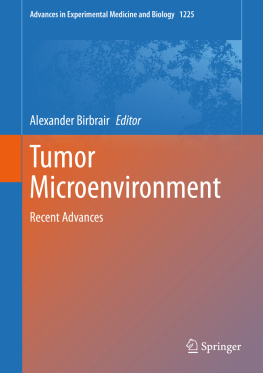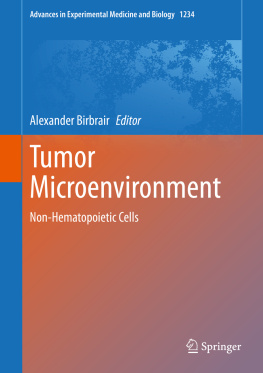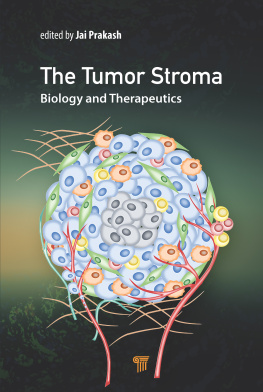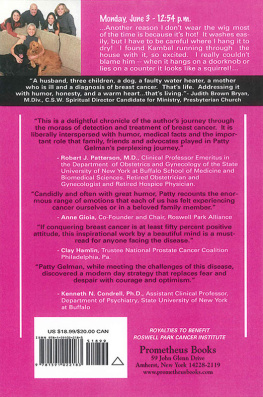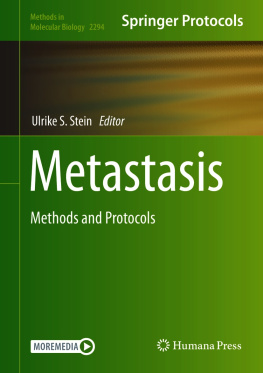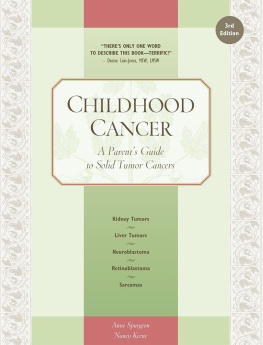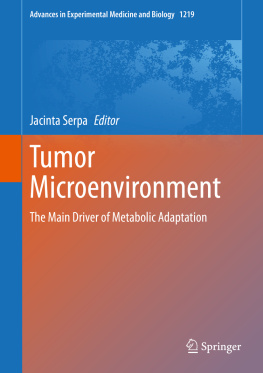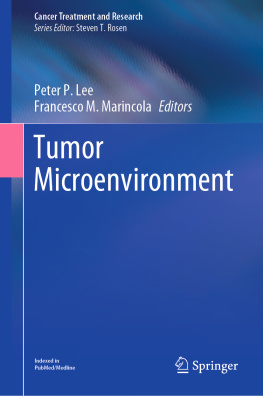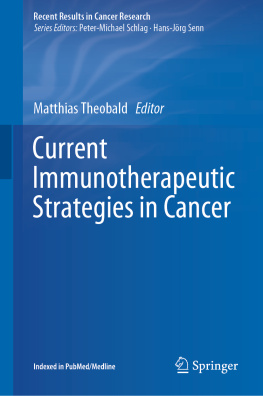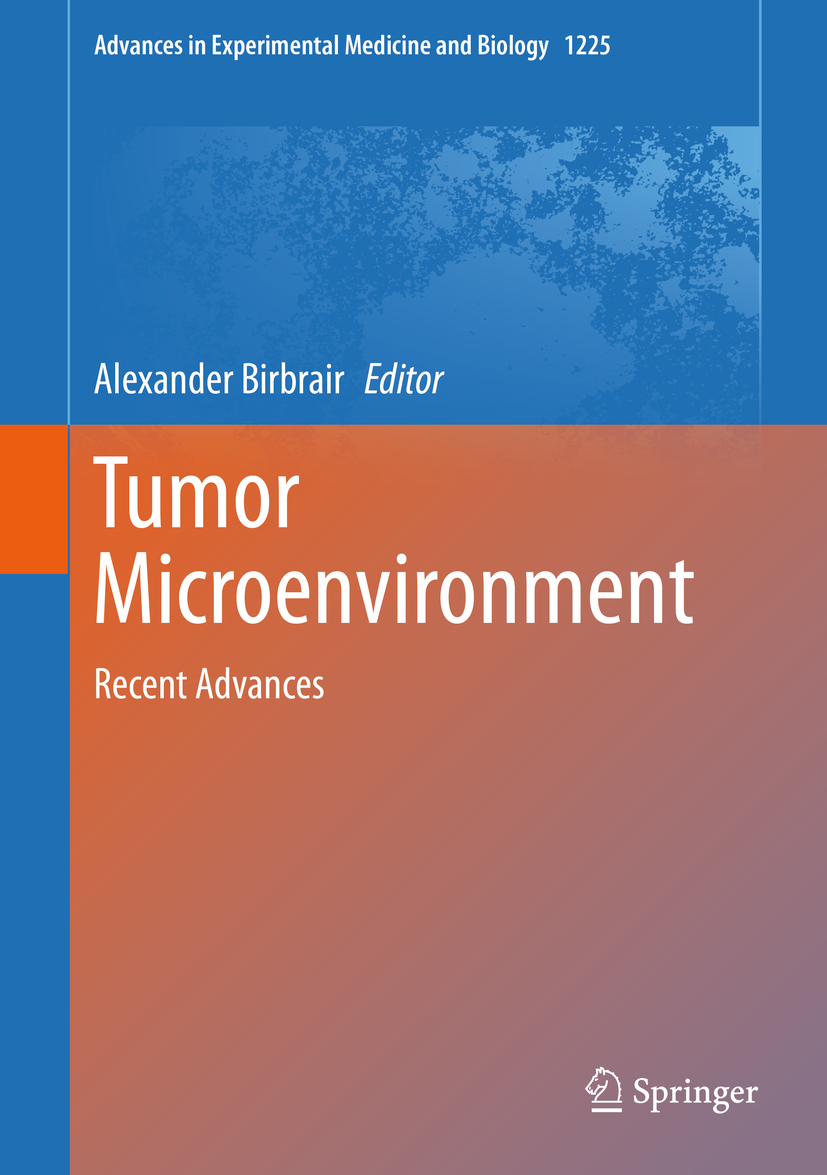Volume 1225
Advances in Experimental Medicine and Biology
Series Editors
Wim E. Crusio
Institut de Neurosciences Cognitives et Intgratives dAquitaine, CNRS and University of Bordeaux UMR 5287, Pessac Cedex, France
John D. Lambris
University of Pennsylvania, Philadelphia, PA, USA
Heinfried H. Radeke
Institute of Pharmacology & Toxicology, Clinic of the Goethe University Frankfurt Main, Frankfurt am Main, Germany
Nima Rezaei
Research Center for Immunodeficiencies, Childrens Medical Center, Tehran University of Medical Sciences, Tehran, Iran
Advances in Experimental Medicine and Biologyprovides a platform for scientific contributions in the main disciplines of the biomedicine and the life sciences. This book series publishes thematic volumes on contemporary research in the areas of microbiology, immunology, neurosciences, biochemistry, biomedical engineering, genetics, physiology, and cancer research. Covering emerging topics and techniques in basic and clinical science, it brings together clinicians and researchers from various fields.
Advances in Experimental Medicine and Biologyhas been publishing exceptional works in the field for over 40 years, and is indexed in SCOPUS, Medline (PubMed), Journal Citation Reports/Science Edition, Science Citation Index Expanded (SciSearch, Web of Science), EMBASE, BIOSIS, Reaxys, EMBiology, the Chemical Abstracts Service (CAS), and Pathway Studio.
2018 Impact Factor: 2.126.
More information about this series at http://www.springer.com/series/5584
Editor
Alexander Birbrair
Tumor Microenvironment
Recent Advances
Editor
Alexander Birbrair
Department of Radiology, Columbia University Medical Center, New York, NY, USA
Department of Pathology, Federal University of Minas Gerais, Belo Horizonte, Minas Gerais, Brazil
ISSN 0065-2598 e-ISSN 2214-8019
Advances in Experimental Medicine and Biology
ISBN 978-3-030-35726-9 e-ISBN 978-3-030-35727-6
https://doi.org/10.1007/978-3-030-35727-6
Springer Nature Switzerland AG 2020
This work is subject to copyright. All rights are reserved by the Publisher, whether the whole or part of the material is concerned, specifically the rights of translation, reprinting, reuse of illustrations, recitation, broadcasting, reproduction on microfilms or in any other physical way, and transmission or information storage and retrieval, electronic adaptation, computer software, or by similar or dissimilar methodology now known or hereafter developed.
The use of general descriptive names, registered names, trademarks, service marks, etc. in this publication does not imply, even in the absence of a specific statement, that such names are exempt from the relevant protective laws and regulations and therefore free for general use.
The publisher, the authors, and the editors are safe to assume that the advice and information in this book are believed to be true and accurate at the date of publication. Neither the publisher nor the authors or the editors give a warranty, expressed or implied, with respect to the material contained herein or for any errors or omissions that may have been made. The publisher remains neutral with regard to jurisdictional claims in published maps and institutional affiliations.
This Springer imprint is published by the registered company Springer Nature Switzerland AG
The registered company address is: Gewerbestrasse 11, 6330 Cham, Switzerland
Preface
This books initial title wasTumor Microenvironment. However, due to the current great interest in this topic, we were able to assemble more chapters than would fit in one book, covering tumor microenvironment biology from different perspectives. Therefore, the book was subdivided into several volumes.
This bookTumor Microenvironment: Recent Advancespresents contributions by expert researchers and clinicians in the multidisciplinary areas of medical and biological research. The chapters provide timely detailed overviews of recent advances in the field. This book describes the major contributions of different components of the tumor microenvironment during cancer development. Further insights into these mechanisms will have important implications for our understanding of cancer initiation, development, and progression. The authors focus on the modern methodologies and the leading-edge concepts in the field of cancer biology. In recent years, remarkable progress has been made in the identification and characterization of different components of the tumor microenvironment in several organs using state-of-the-art techniques. These advantages facilitated the identification of key targets and definition of the molecular basis of cancer progression within different tissues. Thus, this book is an attempt to describe the most recent developments in the area of tumor biology, which is one of the emergent hot topics in the field of molecular and cellular biology today. Here, we present a selected collection of detailed chapters on what we know so far about different aspects of the tumor microenvironment in various tissues. Ten chapters written by experts in the field summarize the present knowledge about distinct characteristics of the tumor microenvironment during cancer development.
Karen M. Bussard and colleagues from Thomas Jefferson University discuss novel techniques to study the bone-tumor microenvironment. Ryuji Yamaguchi and Guy Perkins from the University of California San Diego compare tumor microenvironments in mice and humans. Linda A. Buss and Gabi U. Dachs from the University of Otago describe the effects of exercise on the tumor microenvironment. Georgia A. Giotopoulou and Georgios T. Stathopoulos from the University of Patras update us with what we know about the effects of inhaled tobacco smoke on the pulmonary tumor microenvironment. Bastian Zinnhardt and colleagues from the University of Mnster address the importance of multimodal molecular imaging of the tumor microenvironment. Adi Karsch-Bluman and Ofra Benny from the Hebrew University of Jerusalem compile our understanding of necrosis in the tumor microenvironment and its role in cancer recurrence. Daolin Tang and colleagues from UT Southwestern Medical Center summarize current knowledge on the multifaceted effects of autophagy on the tumor microenvironment. David H. Gutmann from Washington University School of Medicine talks about the sociobiology of brain tumors. Christian Mnz from the University of Zrich focuses on the effect of -herpesviruses on the tumor microenvironment. Finally, Pter Bai and colleagues from the University of Debrecen give an overview of the microbiome as a component of the tumor microenvironment.
It is hoped that the articles published in this book will become a source of reference and inspiration for future research ideas. I would like to express my deep gratitude to my wife Veranika Ushakova and Mr. Murugesan Tamilselvan from Springer, who helped at every step of the execution of this project.
Alexander Birbrair
Belo Horizonte, Minas Gerais, Brazil
Contents
Alison B. Shupp , Alexus D. Kolb and Karen M. Bussard
Ryuji Yamaguchi and Guy Perkins

